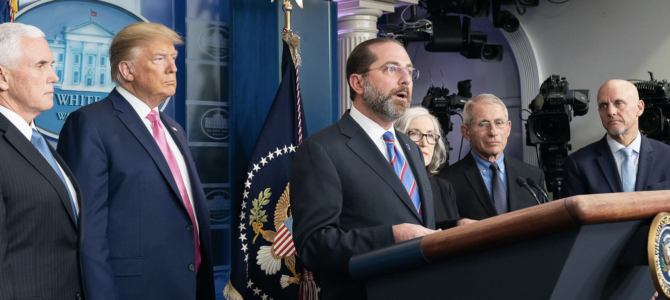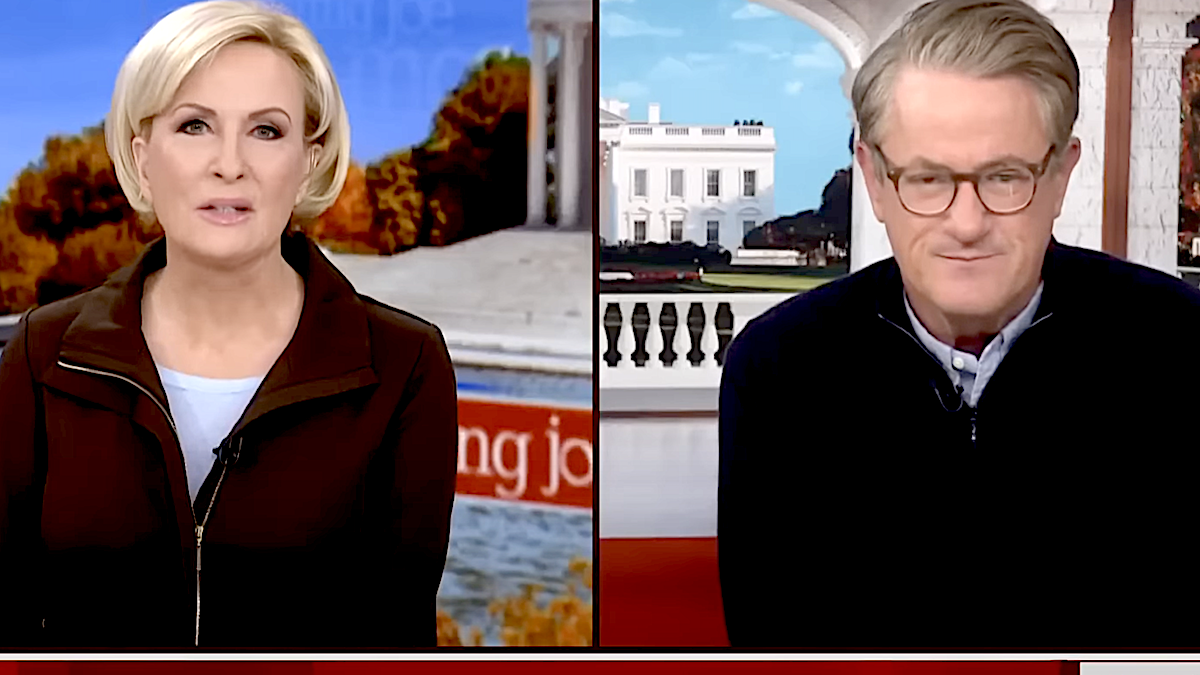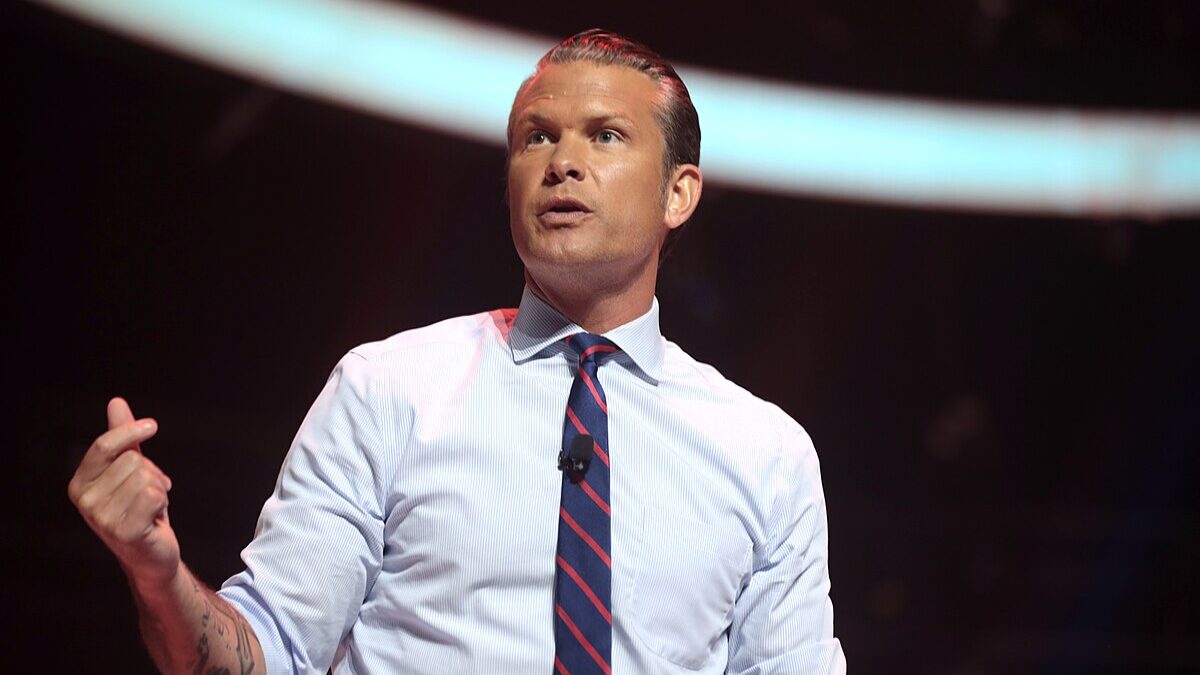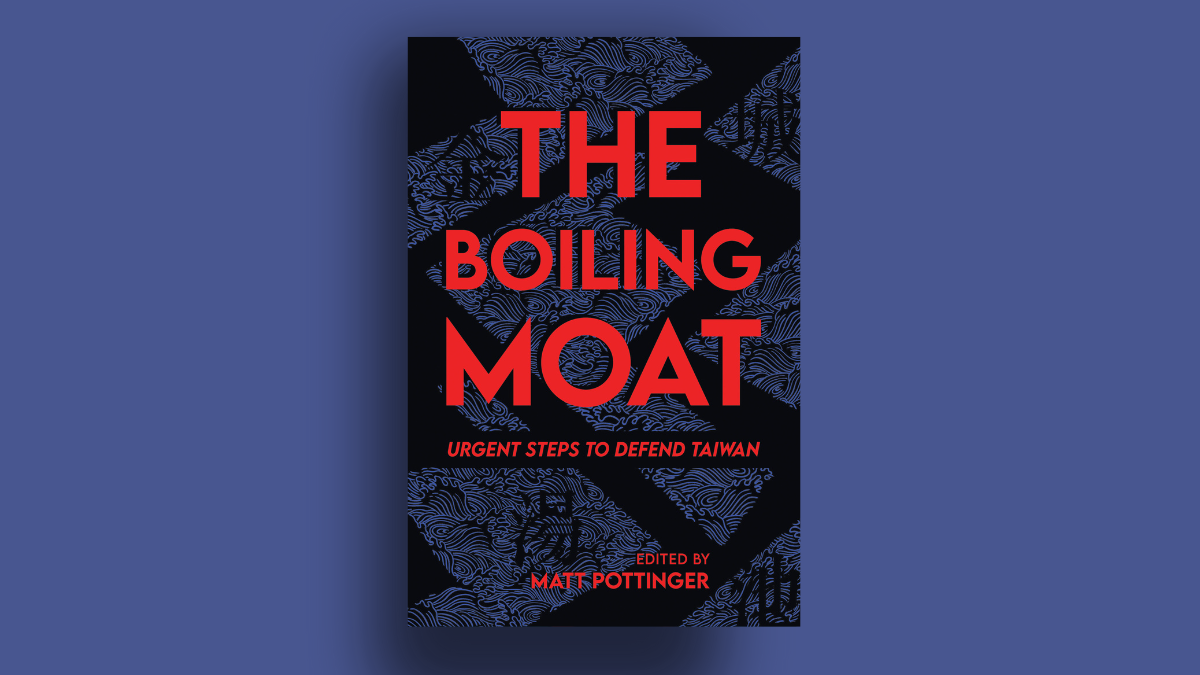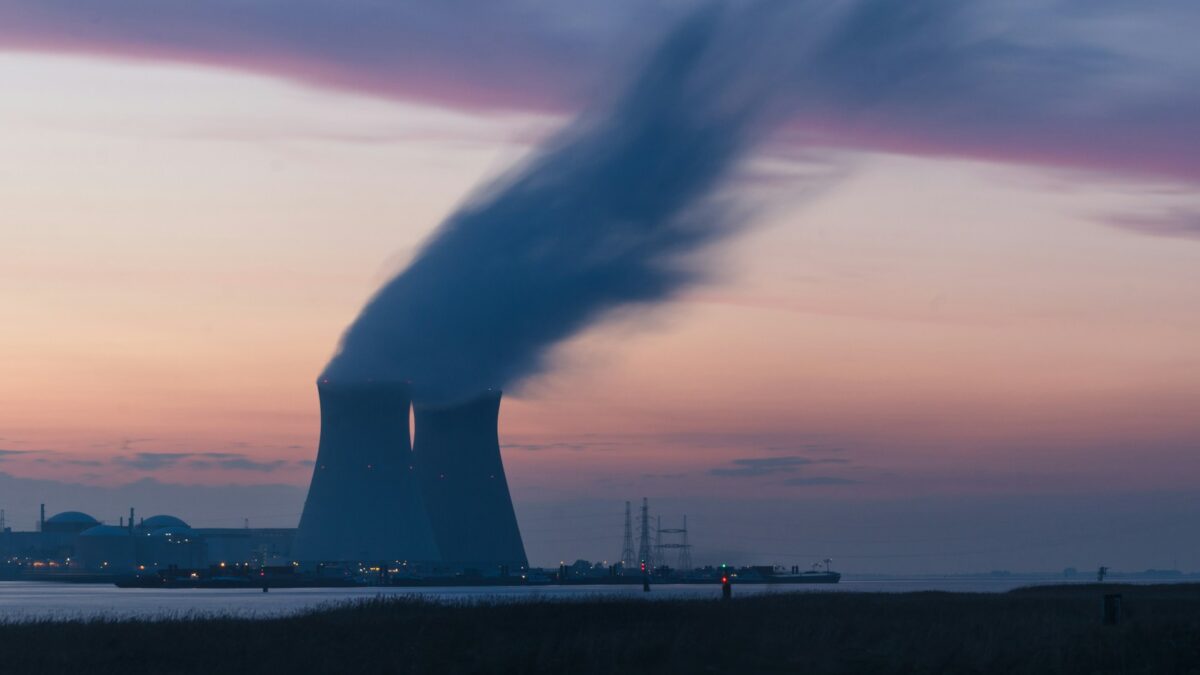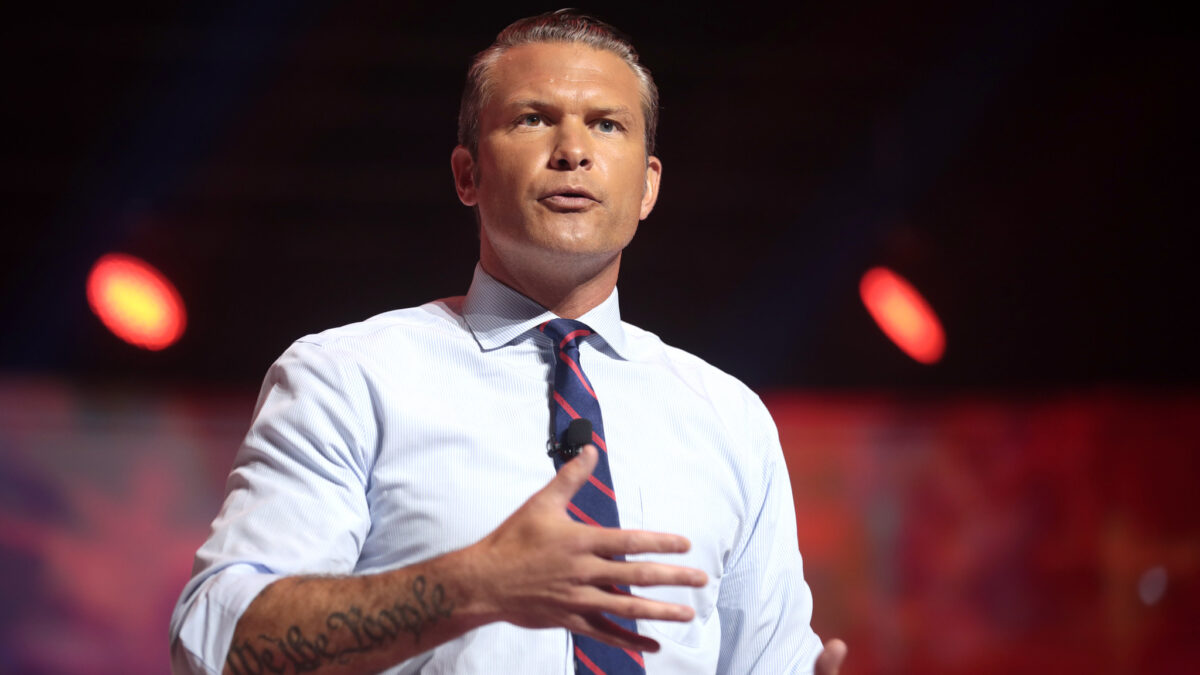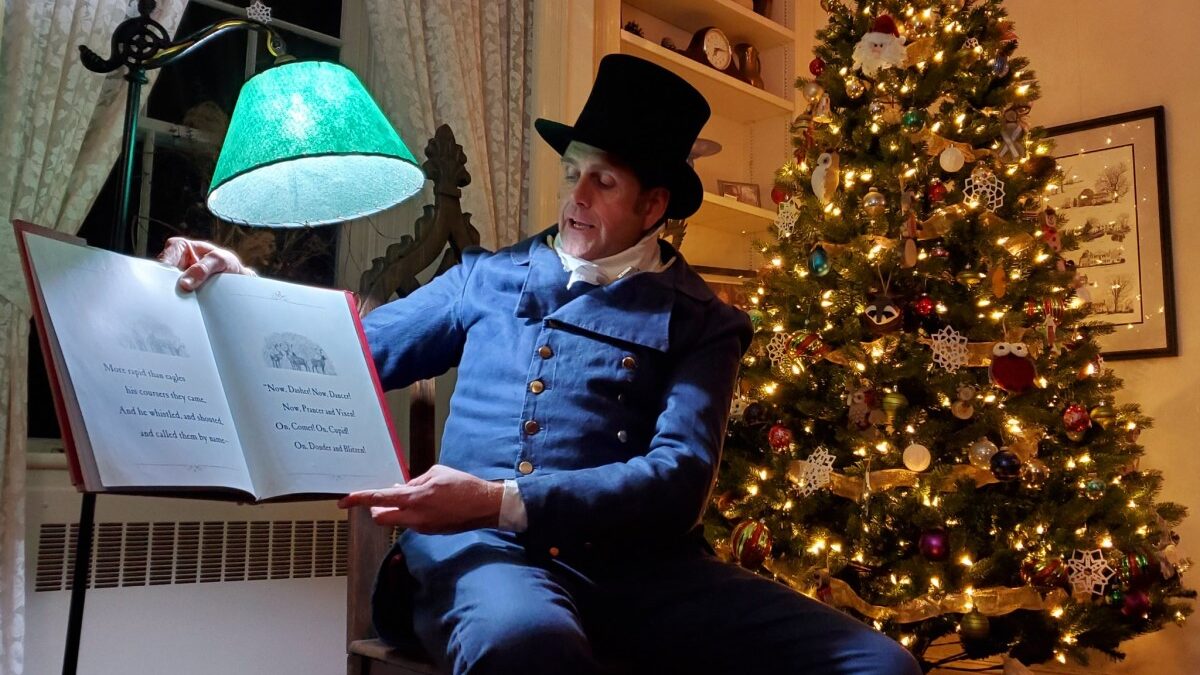Reporters get things wrong in articles all the time — it’s an imperfect world — but usually the most glaring mistakes don’t appear in the first sentence. In a recent Wall Street Journal article about Health and Human Services (HHS) Secretary Alex Azar, this dubious feat was actually accomplished.
“On Jan. 29, Health and Human Services Secretary Alex Azar told President Trump the coronavirus epidemic was under control,” reads the first sentence of the WSJ report.
Michael Caputo, the assistant secretary for HHS Public Affairs, told The Federalist this flat-out never happened. According to Caputo, “No public health professional would ever say a pathogen is under control. They might use the term of art that it is contained, but the secretary did not say under control.” A good indication that Caputo’s version of events is correct is that the Journal did not put “under control” in quotes to indicate attribution.
Caputo adds, “Every fake news shot at a cabinet secretary is an attempt to destroy the president, and I’m just not going to stand for it.”
The Federalist has obtained a copy of the recorded interview between Wall Street Journal reporters Rebecca Ballhaus, Stephanie Armour, and Azar, taken in the lead-up to the article. From that recording, it is clear the Wall Street Journal left vital information and context out of the story time and again. The minimal quotes they cherry-pick from Azar give a distorted perspective on what they claim to have discovered about the initial federal response to the coronavirus in January.
Take for example the claim that “The FDA didn’t clear any labs to conduct testing … For weeks, HHS blocked efforts to allow other labs’ involvement because Mr. Azar wanted the CDC to make and distribute the nation’s diagnostic tests.” In the interview, Azar called that claim “Kafkaesque,” insisting he did the exact opposite.
In fact, according to an HHS official, “HHS did not block private solutions from coming to the table. The secretary would never do that.” The Journal makes no mention of the denials and seems to take whatever account they got anonymously at face value. This is, at best, a strange way to go about reporting.
Another claim in the story is that at one point Azar became so frustrated with Centers for Disease Control and Prevention Director Robert Redfield over testing failures that he yelled, “Did you lie to me?” at him. This is also rejected entirely by officials at HHS. To report off-the-record accounts from “officials” when the agency denies the words were spoken is a difficult journalistic choice to understand.
The broader thrust of the Journal hit piece is that Azar had been “sidelined” in the coronavirus response, another claim that HHS officials deny. According to the recording of the interview with the Journal, Azar said he always knew that FEMA would supersede HHS when the crisis moved into a disaster phase, as is protocol.
As to WSJ’s claims that he was blindsided by Vice President Mike Pence, rather than being named head of the White House Coronavirus Task Force, Azar testified before Congress regarding Pence’s selection as saying “That’s genius.” Hardly the words of a man who feels snubbed.
Unfortunately, in its effort to paint the White House and HHS as a shambolic mess, the Wall Street Journal missed some actual news. In the interview, Azar told the reporters that President Trump “has accepted the recommendations of his public health team and his advisors every step of the way.” He said there was never a recommendation made that the president did not accept. How does this get left out of the story?
It gets left out of the story when reporters seek more heat than light, which is sadly what happened here. Documents obtained by The Federalist, and printed below, show that the federal response in January was robust and comprehensive. As Azar noted in his interview with the Journal, the National Security Council response was stood up immediately upon receiving what turned out to be shady information from communist China about the virus in Wuhan.
Far too often, the story of the coronavirus in the United States has not been told as a story of our government and our people responding responsibly and quickly to save lives, but as another excuse to drag Donald Trump. We get it. The media hates Trump. But in this crisis, it’s too important for coverage that cares more about dunking on Trump than saving lives to predominate.
The Wall Street Journal should do a lot better; they asked Azar for the truth. He gave it to them. They chose not to report it. For those who want to know, here is HHS’s offical timeline of what happened in January:
December 31: CDC, including Director Robert Redfield, learns of a “cluster of 27 cases of pneumonia of unknown etiology” reported in Wuhan, China.
January 1: CDC begins developing situation reports, which are shared with HHS.
January 3: Director Redfield emails and speaks on the phone with Dr. George Gao, Director of the China Center for Disease Control and Prevention.
January 3: Director Redfield speaks with Secretary Azar, and HHS notifies the National Security Council (NSC).
January 4: Director Redfield emails Dr. Gao again and offers CDC assistance, stating, “I would like to offer CDC technical experts in laboratory and epidemiology of respiratory infectious diseases to assist you and China CDC in identification of this unknown and possibly novel pathogen.”
January 6: At the request of Secretary Azar, Director Redfield sends formal letter to China CDC offering full CDC assistance.
January 6: CDC issues a Level 1 Travel Watch for China.
January 6: National Institute of Allergy and Infectious Diseases (NIAID) Director Anthony Fauci begins doing
interviews on the outbreak.
January 7: CDC establishes a 2019 nCoV Incident Management Structure to prepare for potential U.S. cases and to support the investigation in China or other countries, if requested.
January 8: CDC distributes an advisory via the Health Alert Network, which communicates to state and local public health partners, alerting healthcare workers and public health partners of the outbreak.
January 9: CDC and FDA begin collaborating on a diagnostic test for the novel coronavirus.
January 10: China shares viral sequence, allowing NIH scientists to begin work on a vaccine that evening.
JANUARY 13: 41 CASES IN CHINA, FIRST CASE REPORTED OUTSIDE CHINA
January 13: NIH shares their vaccine sequence with a pharmaceutical manufacturer.
January 14: The National Security Council begins daily Novel Coronavirus Policy Coordination Council meetings.
January 14: WHO
tweets: “Preliminary investigations conducted by the Chinese authorities have found no clear evidence of human-to-human transmission of the novel #coronavirus (2019-nCoV) identified in #Wuhan, #China.”
January 17: CDC and Customs and Border Protection began enhanced screening of travelers from Wuhan at three airports that receive significant numbers of travelers from that city, expanded in the following week to five airports, covering 75–80 percent of Wuhan travel.
January 17: CDC hosts
its first tele-briefing on the virus, with Dr. Nancy Messonnier, Director of the National Center for Immunization and Respiratory Diseases, who emphasizes “this is a serious situation” and “we know [from the experience of SARS and MERS that] it’s crucial to be proactive and prepared.”
January 17: CDC posts
interim guidance, updated regularly in the coming weeks and months, for collecting, handling, and testing clinical specimens for the novel coronavirus, including
biosafety guidelines for laboratories.
January 18: CDC publishes
interim guidance on how to care for novel coronavirus patients at home who do not require hospitalization.
January 20: The Chinese government
confirms human-to-
human transmission of the virus.
JANUARY 21: FIRST U.S. CASE CONFIRMED (FROM TRAVEL)[1]
January 21: CDC activates its Emergency Operations Center.
January 21: The Biomedical Advanced Research and Development Authority (BARDA, part of the Office of the Assistant Secretary for Preparedness and Response, or ASPR) begins holding market research calls with industry leading diagnostics companies to gauge their interest in developing diagnostics for the novel coronavirus and to encourage initiating development activities.
January 21: CDC holds
its second tele-briefing on the virus, with officials from Washington State, to discuss the first U.S. case, and Dr. Messonnier, who notes “CDC has been proactively preparing for an introduction of the virus here” and that a CDC team was deployed to Washington.
January 21: CDC posts
interim guidance, updated regularly in the coming months, on how to prevent the spread of the novel coronavirus in homes and other settings.
January 21: Secretary Azar
discusses coronavirus with Lou Dobbs on Fox Business Network, noting “we have been heavily engaged at the outset” of the outbreak, with the CDC and the rest of HHS working under the President’s direction to develop testing and alert healthcare providers.
January 22: Secretary Azar signs a memorandum from CDC Director Redfield determining that the novel coronavirus could imminently become an infectious disease emergency, which allows HHS to send a request to the Office of Management and Budget to access $105 million from the Infectious Disease Rapid Response Reserve Fund.
January 22: FDA, working with test developers, shares an authorization application template with a diagnostic test developer for the first time.
January 22: ASPR stands up an interagency diagnostics working group with BARDA, CDC, FDA, NIH, and the Department of Defense (DOD).
January 22: HHS’s Office of Refugee Resettlement began flagging any children referred from China for risk assessments and, if indicated by their travel and exposure history, for quarantine for up to 14 days before being placed in the general community of the shelter. Screenings expanded to children referred from Iran, Italy, Japan and South Korea on March 2.
JANUARY 22: ALL OUTBOUND TRAINS AND FLIGHTS FROM WUHAN CANCELED
January 23: ASPR convenes a Disaster Leadership Group (DLG), to align government-wide partners regarding the outbreak situation, communications strategies, and the potential medical countermeasure pipeline. The same week, conversations begin with manufacturers of N95 masks, enabling mask production on U.S. soil to rise from about 250 million a year in January to about 640 million a year in March.
January 24: ASPR forms three government-wide task forces—on healthcare system capacity and resilience, development of medical countermeasures (diagnostics, therapeutics, and vaccines), and supply chains—as part of work under Emergency Support Function 8 of the National Response Framework.
January 24: CDC hosts
its third tele-briefing on the virus, with Dr. Nancy Messonnier and officials from Illinois, where CDC has deployed a team to respond to the second U.S. case, from travel. Dr. Messonnier notes, “We are expecting more cases in the U.S., and we are likely going to see some cases among close contacts of travelers and human to human transmission.”
January 24: CDC publicly posts its assay for the novel coronavirus, allowing the global community to develop their own assays using the CDC design.
January 25: Five days before WHO’s declaration of a public health emergency of international concern, Secretary Azar preemptively notifies Congress of his intent to use $105 million from the Infectious Disease Rapid Response Reserve Fund.
JANUARY 26: FIVE U.S. CASES CONFIRMED, ALL TRAVEL-RELATED
January 26: ASPR holds first meetings of healthcare resilience, medical countermeasure development, and supply chain task forces, which continue several times a week or daily in the coming weeks.
January 27: In a Washington, D.C., speech, Secretary Azar
shares that HHS is “proactively preparing for the arrival of the novel coronavirus on our shores,” noting that “the novel coronavirus is a rapidly changing situation, and we are still learning about the virus.” “While the virus poses a serious public health threat, the immediate risk to Americans is low at this time,” Azar says, noting that he spoke on the morning of January 27 with China’s Minister of Health and WHO Director-General Tedros speak to discuss the novel coronavirus.
January 27: CDC hosts
a tele-briefing with Dr. Nancy Messonnier, who notes that new travel recommendations are coming and that “there may be some disruptions” to Americans’ lives as a result of the public health response, but that “this virus is not spreading in the community” in the U.S.
January 27: CDC and State Department issue Level 3 “postpone or reconsider travel” warnings for all of China.
January 27: FDA begins providing
updates about processes for approval and authorization to developers of vaccines, therapeutics, diagnostics, and other countermeasures for the novel coronavirus.
January 27: CDC’s Deputy Director for Infectious Diseases, Jay Butler, holds a call with the nation’s governors on the novel coronavirus.
January 28: HHS hosts press briefing by Secretary Azar, Dr. Fauci, Director Redfield, and Dr. Messonnier. Azar
says, “Americans should know that this is a potentially very serious public health threat, but, at this point, Americans should not worry for their own safety.” He underscores, “This is a very fast moving, constantly changing situation…. Part of the risk we face right now is that we don’t yet know everything we need to know about this virus. But, I want to emphasize, that does not prevent us from preparing and responding.”
January 28: CDC posts
interim guidance, updated regularly in the coming months, for airline crews regarding the novel coronavirus.
January 29: The White House
announces the establishment of the Coronavirus Task Force, which begins daily meetings.
January 29: CDC hosts
a tele-briefing with Dr. Messonnier, who notes that “despite an aggressive public health investigation to find new cases [in the U.S.], we have not.”
January 29: The Chinese government sends email to HHS acknowledging offer of U.S. expert assistance; HHS begins soliciting nominees for mission from across the department.
January 29: ASPR, CDC, FDA, NIAID, and DOD host a listening session with industry—1,468 participants—on medical countermeasure development, health system preparedness, supply resilience, and medical surge needs.
January 29: The first repatriation flight from Wuhan, China arrives at March Air Reserve Base in California, beginning the safe repatriation of Americans and marking the first use of federal quarantine power in more than 50 years. The operation eventually totals more than 3,000 repatriations, with citizens from Wuhan and passengers from cruise ships. Repatriated Americans praise the work of the quarantine teams—including
a couple who spent an extended honeymoon at Lackland Air Force Base in Texas.
JANUARY 30: SIXTH AND SEVENTH CASES CONFIRMED IN THE U.S., CLOSE CONTACTS OF TRAVEL-RELATED CASE
January 30: CDC hosts
a tele-briefing with Director Redfield, Dr. Messonnier, and officials from Illinois, where a sixth case is identified, in a spouse of a confirmed case who had traveled to China. Director Redfield notes that most cases around the world outside of China are close contacts of travelers, and “the full picture of how easy and how sustainable this virus can spread is unclear.” (
A seventh case is identified later that evening.)
January 30: Department of State issues Level 4 warning, “do not travel,” for all of mainland China.
January 30: The Trump Administration hosts a call with Secretary Azar, Director Redfield, Dr. Fauci, and others with the nation’s governors to present the Administration’s action plan on responding to the outbreak.
January 30: In
an appearance on Fox News, Secretary Azar notes that, whether the WHO declares a public health emergency of international concern (declared January 31), “That doesn’t change anything about what we are doing here in the United States. … The President is ensuring that we are proactively preparing and also taking the necessary steps to prevent or mitigate any potential further spread here in the United States.”
January 30: Trump Administration budget officials begin discussions about funding needed for development of vaccines and therapeutics, purchases of Personal Protective Equipment for the Strategic National Stockpile, surveillance and testing, and state and local support.
January 30: ASPR launches a coronavirus portal to receive market research packages and meeting requests from industry stakeholders interested in developing or manufacturing medical countermeasures.
January 31: At the recommendation of his public health officials, President Trump issues historic restrictions on travel from Hubei and mainland China, effective February 2.
January 31: Secretary Azar
signs a declaration of a nationwide Public Health Emergency, which allowed HHS to begin using a range of emergency authorities and flexibilities, and, together with other subsequent declarations, would allow emergency flexibilities for healthcare providers. At a White House briefing, he
notes, “The risk of infection for Americans remains low, and with these and our previous actions, we are working to keep the risk low. It is likely that we will continue to see more cases in the United States in the coming days and weeks, including some limited person-to-person transmission.”
January 31: CDC hosts
a tele-briefing with Dr. Messonnier, who notes possible reports of asymptomatic transmission and says, “We are preparing as if this were the next pandemic, but we are hopeful still that this is not and will not be the case.”
January 31: FDA holds a virtual meeting with American Clinical Laboratory Association about the emergency use authorization application process.
David Marcus is a New York-based writer. His work has also appeared in the New York Times, the New York Post, the New York Daily News, National Review Online, The Weekly Standard, and City Journal. David is the former Artistic Director of Blue Box World, a Brooklyn-based theater project, and also a former president of the Bat acting company at the Flea Theater. He also was a participant in the 2018 National Security Seminar at the Army War College.
